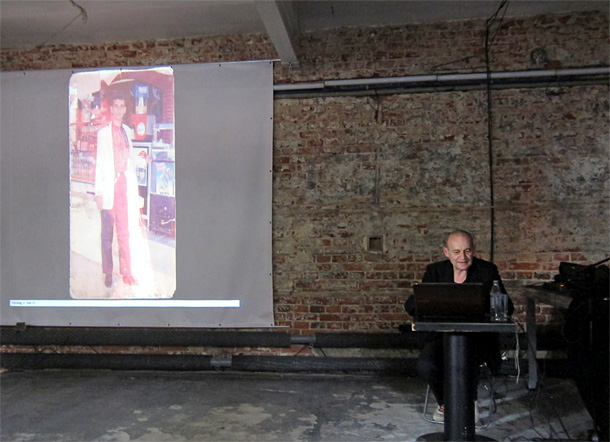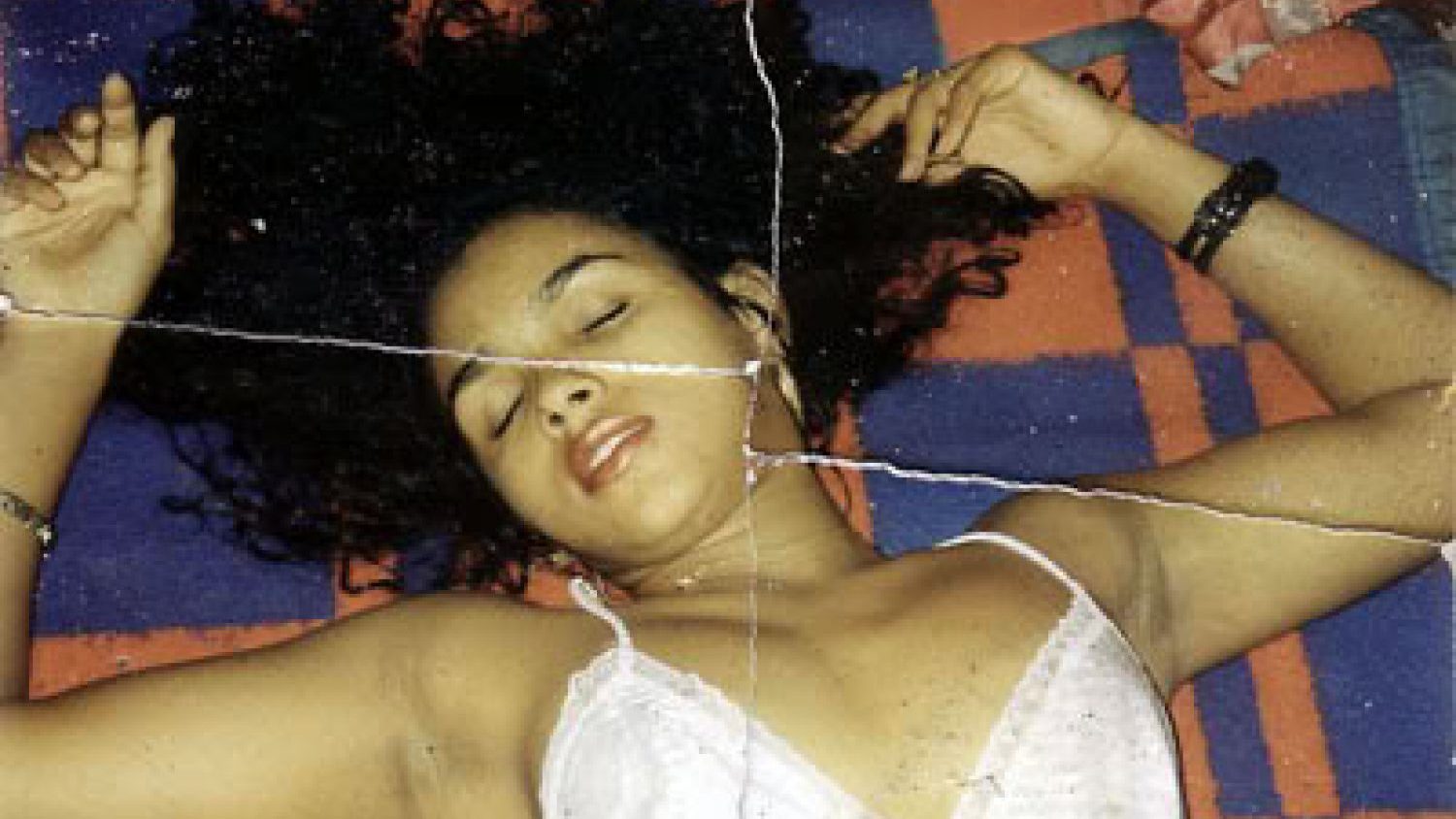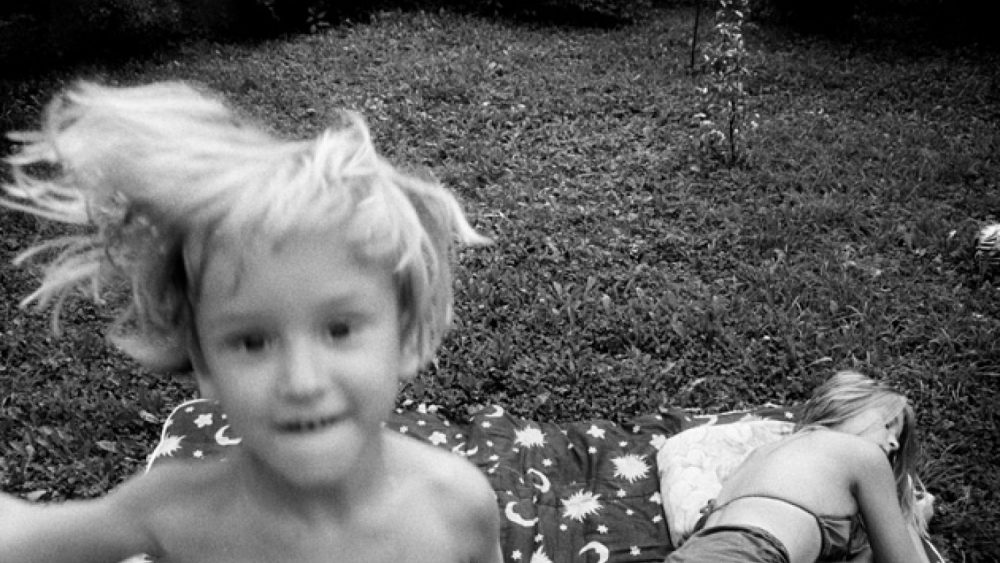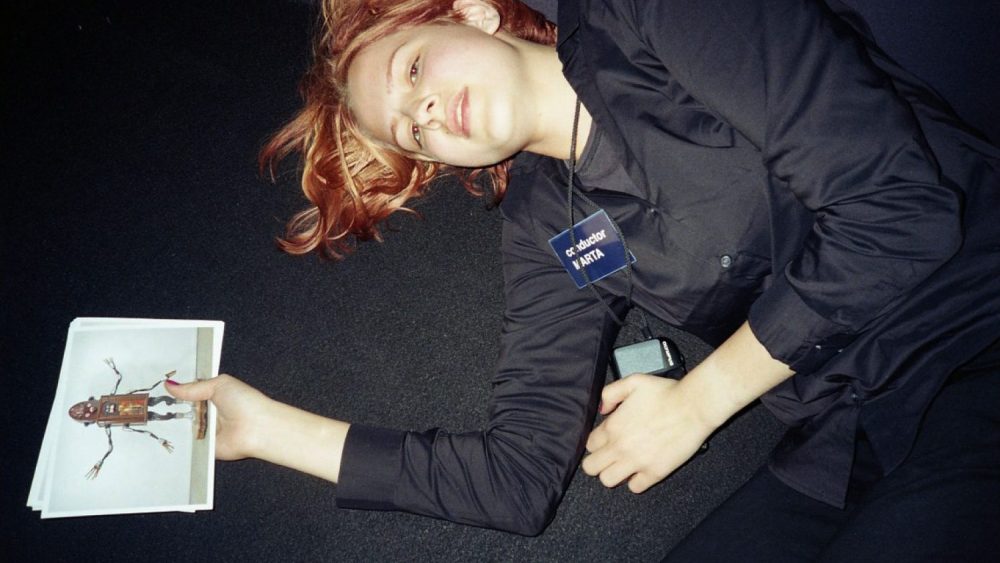10 minutes with Joachim Schmid
German artist Joachim Schmid (1955) does not object to be called a “documentary photographer”, however he does not take photographs himself – for more than 30 years he has been working with the photos of other authors. In the beginning he found the photographs on streets, later in flea markets and trash bins. Usually photographs in flea markets can be found after the author’s death, thus most often they are two or three generations old. Lately Schmid prefers working with the material available in social networks, because it mirrors contemporary life. He finds it important to publish the photographs found on the web in book versions, because they serve as alternative encyclopaedias, anthropological and social studies on today and can be placed on the library shelves. “I believe in libraries,” he says, posing it as an argument for converting digital files into hard copies. Almost all his books Schmid has self-published. A series consisting of 96 books can be mentioned as the biggest project. It contained photographs found on Flickr and in each issue they were grouped per subjects – pizza, dogs, airports, etc. Two years ago Steidl published his monograph Works 1982-2007. Schmid was also one of the curators in Arles Photo Festival in 2011. His own exhibitions constantly travel around the world.
This year Joachim Schmid was one of the authors in exhibition I Artist.Transcendant Amateur curated by Joan Fontcuberta, which was the main exhibition in Lodz Photo Festival in Poland. Spectators could view several photographs where people take pictures of Mona Lisa in Louvre. During the exhibition Schmid presented a lecture on his works. After the lecture I invited him to a discussion.
What do you think of the fact that working with found images has become sort of a trend lately?
At the begging it was an outside practice. I think it’s good that more people start to reflect on the world of images out there, because for many, many years people have been taking photographs just nearly in a naïve way trying to photograph the world that is out there. However, the existing pictures are as much part of the world. Just one of the problems I am seeing is that many people are doing it also in a naïve way, such as “this is my grandfather’s family”, “these are my friends” etc. They have a personal affection. I think it’s easier and more efficient if you work with anonymous photographs. I see a lot of people who are struggling with images they have at hand because they are too personal so they try to answer the wrong questions with the wrong means.
For artists who collect images usually the biggest question is – what to do with these images?
The question is – do you wanna work about the images or about what the images depict, and it’s not necessarily the same. Of course, we have archives out there and people use existing images, such as stock photography. Ok, that’s historical information, but that’s just one level. I am much more interested in reality of pictures and to personalize these photographs in a way that they gratitude our knowledge of the world.

Nowadays almost everything is photographed. But is there anything that was photographed much more 30 years ago than it is now?
It’s hard to say. There weren’t photographs of food, it was quite unique and there were only a few people doing it. Image production has changed a lot but the reasons why people take photographs are the same, it has just become much cheaper and easier, and for that reason there are just many more pictures. Difference between times is in the fact that now we have access to those pictures. We can watch them nearly in real time. Someone makes a photograph in Japan and somewhere in remote Europe I can immediately see it. That’s much more important than tracing quantity.
As regards the quantity, aren’t 96 books a bit too much?
I could have made 900 books, but I don’t wanna spend the rest of my life looking at Flickr photographs. I just made a proposal that the tourists’ structure of images can be applied to photography, too.
How big is your hard drive?
It’s quite compact. I am quite efficient in file management. When the project is done, all the remains are going to trash.
You once said you wanted to be a terrorist.
I wanted when I was a young man, but I decided against it. The idea sometimes is still seductive. I don’t want be a terrorist but sometimes it’s hard not to be a terrorist.
Have you been accused of being a terrorist in photography?
There were moments when that was a common substance to my work. I know I have a made a few provocative statements, I don’t regret them, but nowadays I am a little bit milder.

Why do you divide your books in grey, black and white books?
There are number of strategies – white books are more like catalogues, the grey ones only exist like artist books and then there’s the fun line in black books. For me it is a way to make sure that people understand that I do apply different paths in making these things but at the same time they can take it too literary as books have white, black and grey covers.
What are the projects you are working on now?
On two projects. One of them is exploring the systematics of search engine. I found the way to access most popular questions people ask every day on search engines. Quite a surprise what people ask, it’s more football than sex. The other one is following a webcam that replicates the perspective of the assassination site of John F. Kennedy. It’s a tourist spot. I find online pictures and combine them with a webcam that shows how people make these pictures.
Why not 9/11?
Maybe something will come to my mind later, but I haven’t come up with any imagery yet. Perhaps it’s too loaded, it needs more time. People can start yelling at you before you open your mouth.



